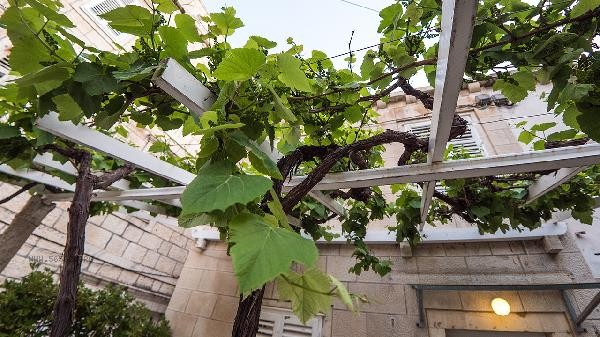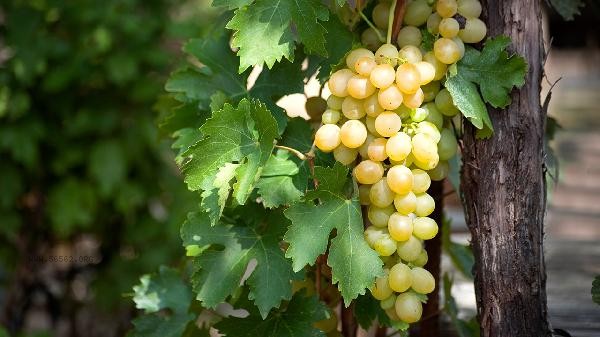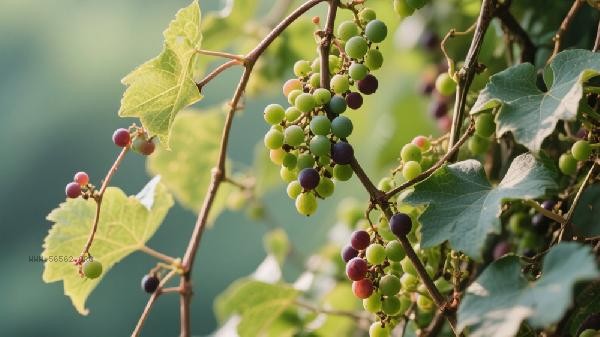A multi fruit grapevine does exist, mainly achieved through grafting technology. This type of grapevine mainly has grafting methods such as bud grafting, branch grafting, root grafting, butt grafting, and bridging, which can produce multiple varieties of fruits on one grapevine.

1. Sprout grafting
Sprout grafting is a method of embedding excellent varieties of buds into the bark layer of anvil wood. Usually done during the flow of sap in spring, select robust shoots aligned with the rootstock cambium and wrap them with plastic film for fixation. After survival, the buds sprout and form new branches, which can bloom and bear fruit the following year. This method is easy to operate, has fast wound healing, and is suitable for large-scale reproduction.
2. Branch grafting
Branch grafting uses one year old robust branches as scions, which closely adhere to the cutting surface of the rootstock. Commonly used methods such as splitting and cutting are completed before the sap begins to flow in early spring. Align the scion with the rootstock formation layer and tie it firmly. After the interface heals, new shoots grow rapidly. The survival rate of branch grafting is relatively high, making it suitable for grafting and modification of thicker rootstocks.
3. Root grafting
Root grafting utilizes the developed characteristics of grape roots by directly grafting the scion onto the root system. Choose a healthy root system with a moderate diameter and closely integrate it with the cutting surface of the scion. This method can fully utilize underground nutrients and is particularly suitable for the renewal and renovation of old trees. Rooted seedlings have strong growth and a relatively earlier fruiting period.

4. Docking
requires both the scion and rootstock to have roots, and the parts near them should be peeled and tied. After healing, cut off the lower end of the scion and the upper end of the rootstock. This method has a high survival rate and is suitable for breeding precious varieties. By combining the characteristics of two planting plants through seedling grafting, multiple varieties can achieve symbiosis.
5. Bridge
Bridge is used to repair damage to the bark of tree trunks, using multiple scions to cross the ends of the wound. Cut the ends of the scion into inclined planes and insert them into the cambium to promote nutrient transport and recovery. This method can save damaged plants and extend the lifespan of fruit trees. After successful bridging, both the original variety and the newly introduced variety can produce results simultaneously.

When planting a multi fruit grapevine, it is important to choose a variety combination with strong affinity, and the grafting time should be in early spring. Subsequent management should keep the soil moist and promptly remove the sprouting rootstocks. Different varieties may have different maturity periods and need to be harvested in batches. Reasonable pruning can regulate the growth balance of various varieties, and regular fertilization can supplement nutrients. This type of grapevine has both ornamental and practical value, suitable for home courtyard cultivation, but requires high technical skills. It is recommended that beginners first master the basic grafting methods.








Comments (0)
Leave a Comment
No comments yet
Be the first to share your thoughts!